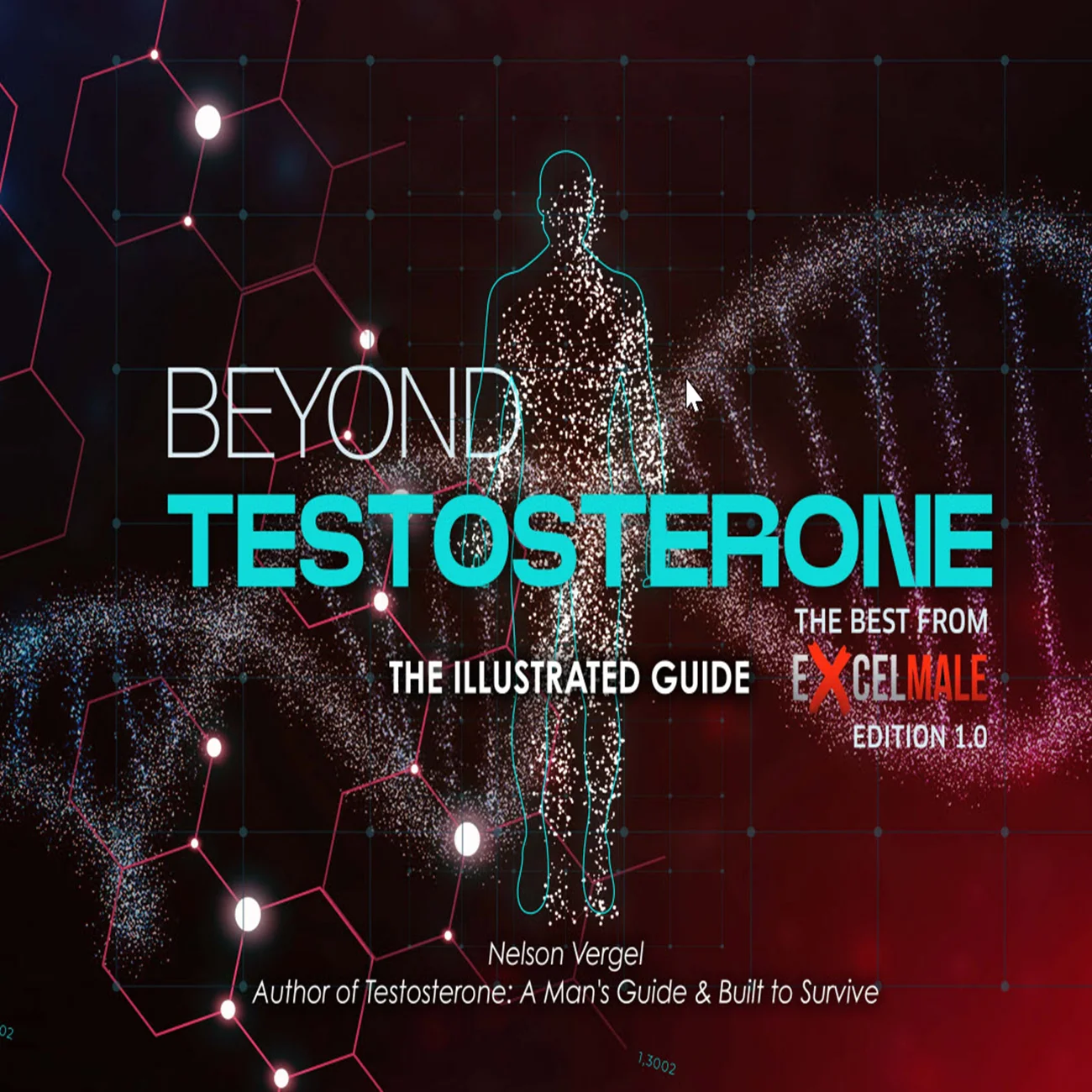madman
Super Moderator
Strength/limitations (see following post)!


 www.emjreviews.com
www.emjreviews.com
A LONG-TERM study conducted in Denmark has revealed that male users of anabolic androgenic steroids (AAS) face significantly increased risks of cardiovascular disease compared to the general population.
Anabolic androgenic steroids, synthetic derivatives of testosterone used to enhance muscle mass and strength, have long been associated with health risks. While prohibited in competitive sports, their use remains widespread in recreational fitness settings. Previous research has linked AAS use to increased mortality rates, but the long-term cardiovascular effects have been underexplored. This study, published in Circulation, aimed to address this knowledge gap by examining the incidence of various cardiovascular diseases in AAS users over an extended period.
The researchers analysed data from 1,189 men sanctioned for AAS use in Danish fitness centres between 2006 and 2018, comparing them with 59,450 age-matched male controls from the general population. Over an average follow-up period of 11 years, AAS users demonstrated significantly higher incidences of several cardiovascular outcomes. The adjusted hazard ratios revealed stark differences: acute myocardial infarction (HR 3.00), percutaneous coronary intervention or coronary artery bypass graft (HR 2.95), venous thromboembolism (HR 2.42), arrhythmias (HR 2.26), heart failure (HR 3.63), and most notably, cardiomyopathy (HR 8.90). These results indicate that AAS users face risks of certain cardiovascular events that are two to nearly nine times higher than those of non-users.
These findings have significant implications for clinical practice and public health. Healthcare providers should be aware of the long-term cardiovascular risks associated with AAS use and incorporate this knowledge into patient assessments and counselling. The study underscores the need for targeted interventions and education programmes to discourage AAS use, particularly in recreational fitness settings. Future research should focus on understanding the mechanisms behind these increased risks and developing strategies to mitigate the long-term health consequences of AAS use. Additionally, long-term follow-up studies on former AAS users could provide valuable insights into the potential reversibility of these cardiovascular risks after cessation of use.
Katrina Thornber, EMJ
Reference
Windfeld-Mathiasen J et al. Cardiovascular disease in anabolic androgenic steroid users. Circulation. 2025;DOI:10.1161/CIRCULATIONAHA.124.071117.

Researchers Reveal the Alarming Long-Term Risks of Steroid Use
Long-term study reveals alarming cardiovascular risks in steroid users, with some heart conditions up to nine times more likely.
A LONG-TERM study conducted in Denmark has revealed that male users of anabolic androgenic steroids (AAS) face significantly increased risks of cardiovascular disease compared to the general population.
Anabolic androgenic steroids, synthetic derivatives of testosterone used to enhance muscle mass and strength, have long been associated with health risks. While prohibited in competitive sports, their use remains widespread in recreational fitness settings. Previous research has linked AAS use to increased mortality rates, but the long-term cardiovascular effects have been underexplored. This study, published in Circulation, aimed to address this knowledge gap by examining the incidence of various cardiovascular diseases in AAS users over an extended period.
The researchers analysed data from 1,189 men sanctioned for AAS use in Danish fitness centres between 2006 and 2018, comparing them with 59,450 age-matched male controls from the general population. Over an average follow-up period of 11 years, AAS users demonstrated significantly higher incidences of several cardiovascular outcomes. The adjusted hazard ratios revealed stark differences: acute myocardial infarction (HR 3.00), percutaneous coronary intervention or coronary artery bypass graft (HR 2.95), venous thromboembolism (HR 2.42), arrhythmias (HR 2.26), heart failure (HR 3.63), and most notably, cardiomyopathy (HR 8.90). These results indicate that AAS users face risks of certain cardiovascular events that are two to nearly nine times higher than those of non-users.
These findings have significant implications for clinical practice and public health. Healthcare providers should be aware of the long-term cardiovascular risks associated with AAS use and incorporate this knowledge into patient assessments and counselling. The study underscores the need for targeted interventions and education programmes to discourage AAS use, particularly in recreational fitness settings. Future research should focus on understanding the mechanisms behind these increased risks and developing strategies to mitigate the long-term health consequences of AAS use. Additionally, long-term follow-up studies on former AAS users could provide valuable insights into the potential reversibility of these cardiovascular risks after cessation of use.
Katrina Thornber, EMJ
Reference
Windfeld-Mathiasen J et al. Cardiovascular disease in anabolic androgenic steroid users. Circulation. 2025;DOI:10.1161/CIRCULATIONAHA.124.071117.













